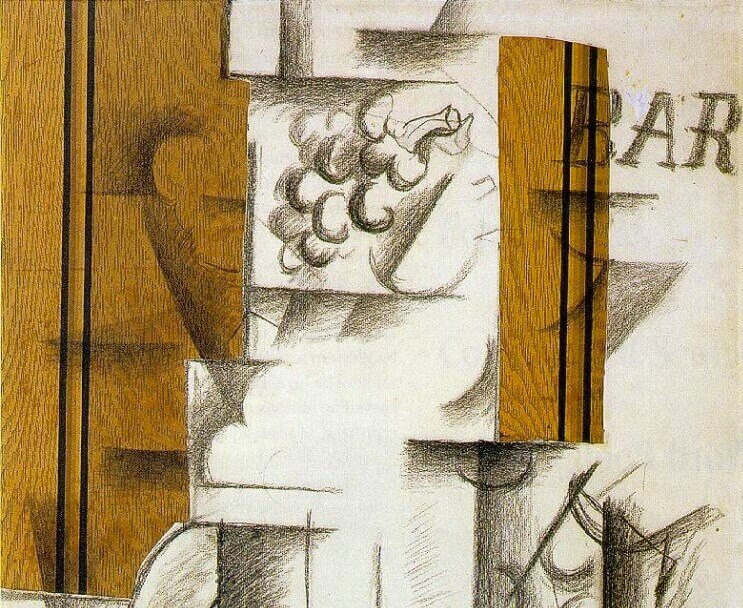In part two of his series of essays titled Untethered (part one is here), Mark Stone looks back to how the cubism of Picasso and Braque paved the way for abstraction by creating an art that could bridge the history of painting and the rapid technological advancement of the early 20th century.
Stone writes: “Abstraction as we know it today began with the Cubists. This art was still tied to the history of Western Vision, still the endgame of the Enlightenment, but it also opened the flood gates for what was to come. In those early years there was the back and forth, the still fresh argument over the legitimacy of abstraction, the problems of the decorative, the conceptual, the spiritual. And that War, that ‘Great War,’ changed everything, unleashed the societal challenges to come, irrevocably changed how everyone, especially artists, saw and interpreted the world around them.” He continues: “Most painters today, unlike Georges and Pablo, spend little time trying to confront the meaning of our technologies through paint, nor do we rethink the legacies of painting that we’ve inherited from the Modernists. Instead we allow our technologies to reinterpret the past, we put our faith in machines, so to speak. We do not think about or paint the theoretics grinding away behind our computer screens; those very theoretics that are shaping our societies, our cultures and our destinies.”
